Facelifting with neck correction
The aging process within the face consists of flabbiness, atrophy and change in the shape of both soft tissues and bones, which cause flattening of the face, disappearance of the buccal prominence, drooping cheeks, deepening of the nasolabial folds, an additional skin and subcutaneous fold appears above these folds. the folds of the puppet and the lower edge of the chaps are distorted by the appearance of the so-called "hamsters". The aging process also affects the neck, there are changes in the form of the disappearance of the angle between the chin and the neck, the so-called "second chin", or there are hanging folds of the platysma muscle, the so-called "turkey neck". To remove the above-mentioned signs, which are very often unacceptable by patients, a facelift treatment of the lower level of the face is performed with neck correction.
Each treatment is preceded by appropriate planning of skin cuts. The incision for the lower floor facelift with neck correction is practically the same as for the lower facelift, the only difference is the length of the incision in the back area. It is longer on the border of the scalp and neck skin. Tissue dissection is much more extensive in the neck area. It is prepared under the muscle with platysma and then a transverse cut is made of this muscle and the edges are sewn to the MOS muscle. In this way, we level the turkey's neck and get a nice angle between the chin and neck again. Of course, we include all facial procedures with the treatment, remove excess skin, spray the remaining space with tissue glue and close the wound with an intradermal absorbable suture. We put on a dressing and an elastic bandage. This procedure does not require leaving drains under the skin, because there is no possibility of any exudate accumulating there. Thanks to this, patients do not have large swellings and bruises. After 2 weeks, there are practically no signs of the procedure, except for scars around the ear and scalp. In addition, the procedure can be combined with the placement of cheekbone implants to improve the cheek prominence. It does not reduce or only slightly shallow deep nasolabial folds.
After the treatment, the swelling persists for some time, slight bruises are visible, which are almost completely absorbed after 2 weeks. For a period of 3-9 months the patient has disturbed skin sensation in the pre-marital area. It should protect the skin from UV radiation by using sunscreen to avoid persistent brown discoloration. Usually, you return to work after 2-3 weeks. Remaining imperfections can be masked with makeup until they are completely healed.
Consequences and possible complications after lifting the lower level of the face and neck:
- Swelling and bruising - this is a consequence, not a complication.
- Asymmetry, we are not symmetrical although it seems to the layman that our body is symmetrical. Therefore, it is impossible to achieve perfect symmetry despite all efforts.
- Hematoma under the skin causing prolonged extreme swelling, thick scar and poorer aesthetic effect.
- Infection with suppuration, wound dehiscence and consequently an ugly scar.
- Hypertrophic or keloid scars.
- Damage to deeper structures, such as muscles.
- Injury of the facial nerve with temporary or permanent paresis.
- Lymph cysts.
- Disturbance of sensation of the auricle due to damage to the great ear nerve.
- Sensory disturbances in the form of hyperesthesia in the operated site.
- Pain in the operated area, persistent, temporary, periodic, or occasional, stabs.
- Necrosis of the prepared skin.
- Unevenness under the skin.
- Unsatisfactory aesthetic effect or lack of the expected effect, which is only a subjective assessment of the patient. You will miss the patient's expectations with the surgical possibilities to be obtained by the surgeon.
- Allergies to medications used.
- Venous thrombosis with pulmonary embolism and death.
